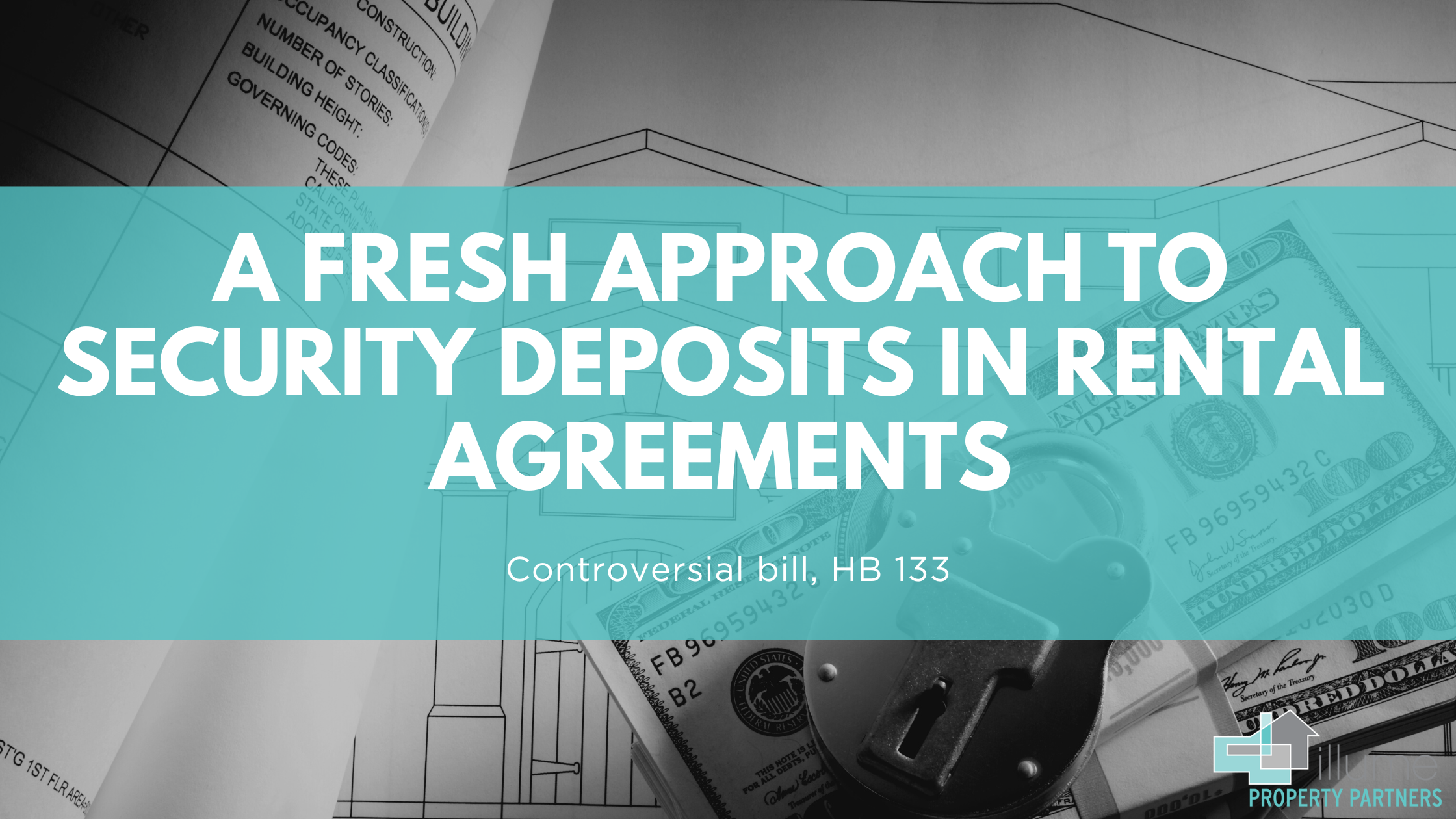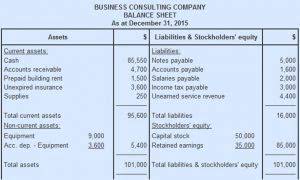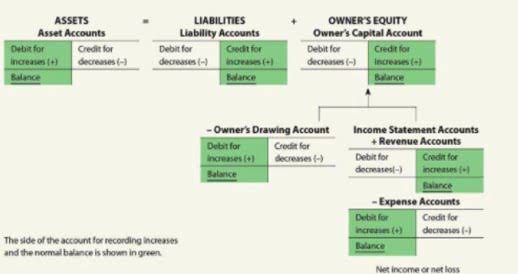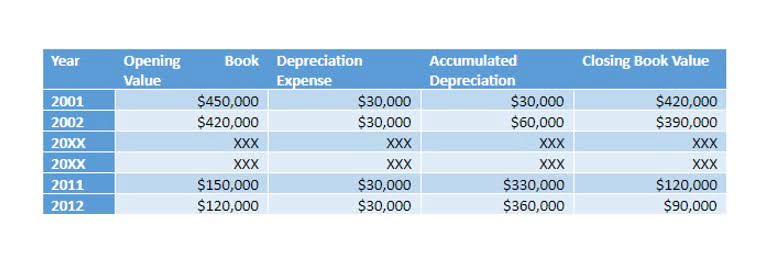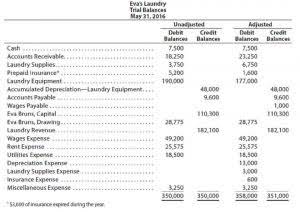
A progressive tax reduces income inequality by redistributing wealth from high-income to low-income earners. Under the ability-to-pay principle, tax burdens should be related not to what taxpayers receive from government, but rather to their ability to bear the tax burden—that is, to tolerate a sacrifice. Reasoning from the plausible, but unprovable, idea that paying a dollar is a lesser sacrifice for a well-to-do person than for a poor person, an equal sacrifice requires higher tax payments from the well-to-do person. But as with the benefit principle, this reasoning does not point to a particular relationship between income and tax burden. A proportionate tax, whereby everyone pays the same percent of income, would take more from the rich person than from the poor person.
- It advances research, data and design in the City’s program and policy development, service delivery, and budget decisions.
- So marginal tax rates do matter, but perhaps not as much or not in the same way as many economists thought in 1980.
- There are two common ways of computing a progressive tax, corresponding to point–slope form and slope–intercept form of the equation for the applicable bracket.
- The U.S. top rate was more than 70% from 1936 to 1964, and then again from 1968 to 1970.
- Proponents of progressive tax systems consider them to be advantageous because progressive taxes lower the tax burden on citizens who can least afford to pay taxes.
While a progressive tax system has several benefits, it also faces criticism for potentially disincentivizing high-income earners, encouraging tax evasion, and being complex and challenging to administer. Flat tax systems are often criticized for being regressive, as they burden low-income earners more. Progressive tax systems are designed to be fairer by placing a higher burden on high-income earners. Another major milestone in progressive taxation’s evolution was the introduction of the welfare state concept in the mid-20th century.
Contents
Representative Alexandria Ocasio-Cortez, D-N.Y., proposed a 70% tax rate on incomes above $10 million. Such a plan would add $291 billion to federal revenues between 2019 and 2028. For 2023, the Social Security payroll tax was applied only to earnings up to $160,200. Sometimes, to best understand whether something is fair, you must look at its downsides. Countries adopt progressive tax as economic policy to rebalance the distribution of wealth.
It is designed to ensure that those who earn more pay a higher percentage of their income in taxes than those who earn less. This is based on the principle of distributive justice, which holds that those who have more should contribute more to society. Pitt’s progressive income tax was levied from 1799 to 1802 when it was abolished by Henry Addington during the Peace of Amiens. Addington had taken over as prime minister in 1801, after Pitt’s resignation over Catholic emancipation. The income tax was reintroduced by Addington in 1803 when hostilities recommenced, but it was again abolished in 1816, one year after the Battle of Waterloo.
Income Tax Rates in the UK
Progressive tax systems are used by many countries around the world, including the United States, Canada, and many European countries. Advisory services are provided for a fee by Empower Advisory Group, LLC (“EAG”). EAG is a registered investment adviser with the progressive tax def Securities and Exchange Commission (“SEC”) and subsidiary of Empower Annuity Insurance Company of America. Retirees often relocate for a lower cost of living or reduced tax burden. There has been growing support to make the U.S. income tax more progressive.
- Interestingly, reliance on the benefit principle would prohibit the government from transferring wealth from one group to another.
- To get the flat percentage of your income (both earned and unearned) that is actually taxed, you need to find your effective tax rate.
- A flat income tax system imposes the same percentage tax rate on everyone, regardless of income.
- While it has some drawbacks, such as disincentivizing high-income earners and encouraging tax evasion, the benefits of a progressive tax system outweigh its limitations.
- Our mission is to empower readers with the most factual and reliable financial information possible to help them make informed decisions for their individual needs.
To navigate the complex tax system and ensure compliance with tax laws, it is crucial to seek the services of a tax professional. Tax services professionals can help individuals and businesses understand the tax https://www.bookstime.com/articles/bookkeeping-las-vegas code’s intricacies, minimize tax liability, and avoid costly penalties. For example, the revenue from a progressive tax system can be used to fund education, healthcare, and affordable housing initiatives.

